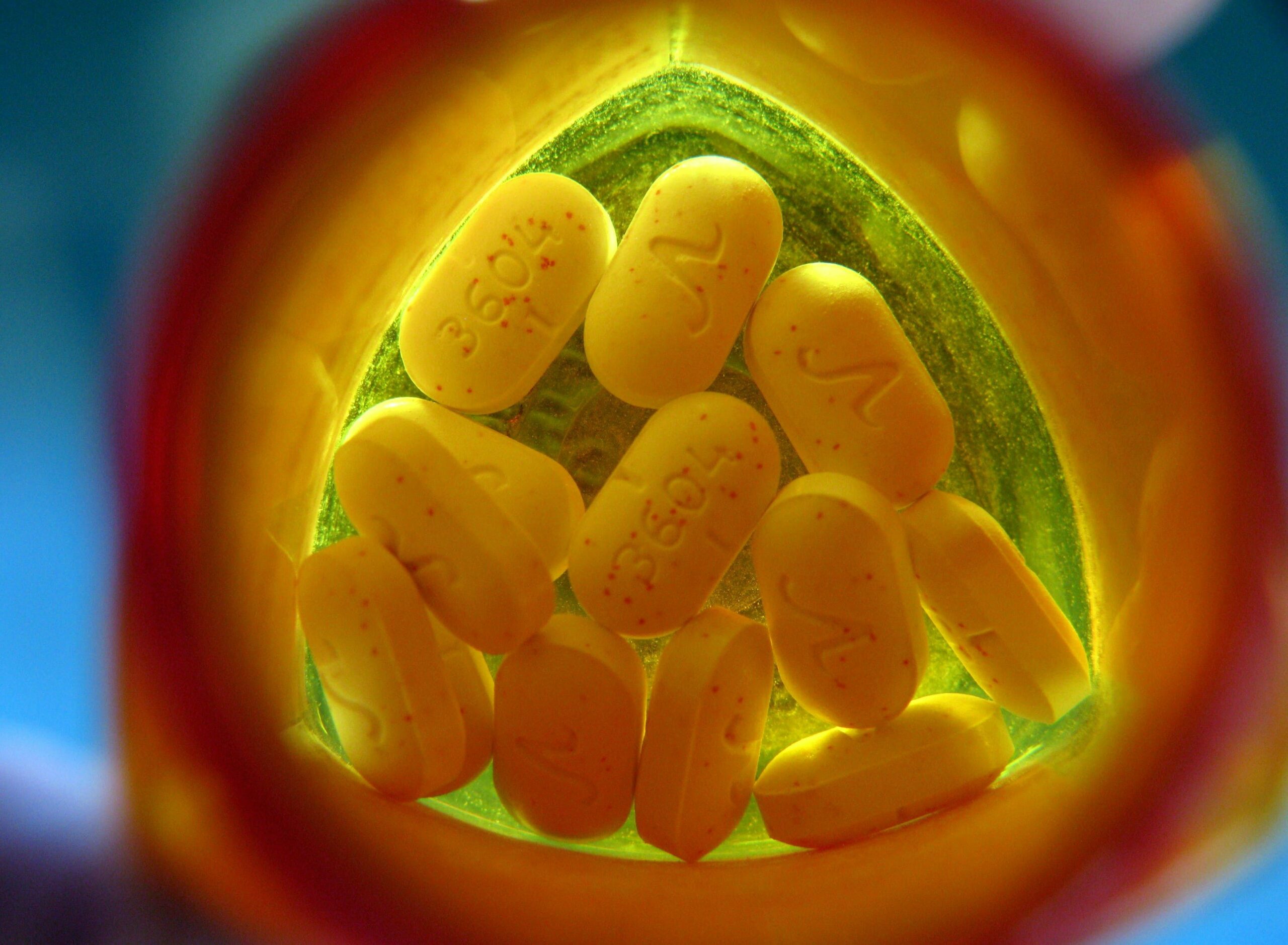Every day, more than 90 Americans die of an opioid overdose. Opioids are a class of powerfully addictive drugs that includes not only the street drug heroin, but also a number of medications legally prescribed for pain like oxycodone and fentanyl. The abuse of opioids has become so widespread that it’s been called a national epidemic. Meanwhile, recent research reveals that medical cannabis can offer equivalent pain relief without the risks of addiction and overdose—because it acts very differently than opioids on essential systems in the brain.
FOLLOW US ON FACEBOOK & INSTAGRAM
The Body’s Receptors Respond to Opioids & Marijuana
The human body is home to several systems of receptors—cells that respond to the input of certain kinds of molecules from sources inside and outside the body. These receptor systems are responsible for driving essential processes in the central and peripheral nervous system, as well as the organs and tissues. They trigger the release of hormones and other neurotransmitters that affect temperature, digestion, mood, sensation and much more.
The human body produces its own version of the chemicals that bind to these receptor systems, but they also respond to similar substances that are consumed from outside sources, such as opioid drugs and marijuana.
The Opioid Receptor System: Wired in the Brain
The opioid receptor
system consists of five types of receptors that can trigger responses such as pleasure, pain control and relaxation. Natural opioids, including the endorphins that kick in during exercise, bind to these receptors to produce good feelings and minimize pain. Synthetic opioids trigger the same responses.
Some opioid-sensitive neurons are found in the spinal cord and digestive system. But the majority of opioid receptors occur in the brain, which is why opioid drugs are highly addictive and can therefore be extremely dangerous.
Opioids activate opioid receptors in the mesolimbic—or midbrain—area of the brain, which is home to the pleasure-reward-learning system. That network rewards essential behaviors with feelings of pleasure and stimulates learning and memory, so those behaviors can be repeated.
We feel the effects of natural opioids on this system when we enjoy food, reach a goal or engage in a fun activity; we’re rewarded with pleasant feelings, and they’re stored in our memory so that we know that if we repeat the activity, we’ll feel those same positive feelings again. But because opioid drugs are far more powerful than natural opioids, they can quickly hijack the midbrain’s pleasure and reward response, producing cravings, dependence and addiction.
Meanwhile, down at the locus ceruleus—or the brainstem—opioid drugs suppress signals of pain and depress the production of a chemical called norepinephrine, which stimulates essential functions like breathing, heart rate, blood pressure and wakefulness.
During prolonged use of opioids, the body produces more norepinephrine to compensate for the drug’s effects. When a person stops using opioids suddenly, norepinephrine floods the system, which causes the well-known flu-like symptoms of withdrawal.
This is also why there’s a high risk of death from opioid overdose—because opioid medications damp down the production of norepinephrine, very high doses of opioids can suppress breathing and heart rate to fatal levels, especially if they’re combined with other kinds of central nervous system depressants such as alcohol or sedative drugs.
These issues are largely absent when a person consumes cannabis, because it affects an entirely different system of receptors: the endocannabinoid system.
The Endocannabinoid System: A Whole-Body Network
Just as the body has a system for responding to opioids, it also has a network that responds to cannabinoids —both the ones we produce naturally such as anandamide and 2AG, and ones we consume, mainly from cannabis but also from other sources such as black pepper and hot spices like turmeric and cumin.
RELATED: WHAT IS THE ENDOCANNABINOID SYSTEM?
Cannabinoid receptors are found just about everywhere in the body—the brain, spine, organs and tissues. These receptors are responsible for supporting a wide range of processes such as regulating temperature and immune responses, and managing pain signals and mood. Because compounds in cannabis such as the psychoactive tetrahydrocannabinol (THC) and non-psychoactive cannabidiol (CBD) are so similar to natural—or endogenous—cannabinoids, they bind easily to the same receptors.
Cannabinoid receptors also occur in the midbrain, so cannabis can trigger pleasure and reward responses similar to opioids—relaxation, euphoria and relief from pain. Cannabis can also calm anxiety and ease digestive symptoms by acting on receptors in the central nervous system and vagus nerve. And because cannabinoid receptors are found throughout the body, cannabis can also stimulate immune responses and support the workings of other systems to keep the body in balance.
Although opioid and cannabinoid receptors are both found in the brain, spine and digestive systems, there’s one area of the body where that isn’t true: the brainstem, which contains relatively large numbers of opioid receptors—but only a negligible amount of cannabinoid ones.
Cannabis: A Safer and Less Addictive Alternative
Because cannabis can trigger responses in the pleasure and reward system, people can want to use more and more—and suffer some uncomfortable feelings and cravings when they stop. But cannabis isn’t likely to cause physical dependence and withdrawal if someone stops using it, because it doesn’t trigger the same processes in the brainstem that opioids do.
Likewise, cannabis isn’t likely to cause death from overdose. Since the brainstem has virtually no cannabinoid receptors, consuming it doesn’t affect the production of norepinephrine. Suddenly stopping cannabis may disrupt the pleasure and reward loop, but it doesn’t trigger the surge in norepinephrine that causes the unpleasant and potentially life- threatening symptoms of opioid withdrawal. And because the brainstem lacks significant cannabinoid receptors, cannabis use doesn’t depress essential functions like breathing to harmful—or even fatal—levels as opioids do.
Opioid medications offer relaxation, pleasant feelings and pain relief, but so does cannabis. And its very different effects on the brain and body make it a far safer choice for pain control.
Photo credit: frankieleon
If you’re new to cannabis and want to learn more, take a look at our Cannabis 101 post. HelloMD can help you get your medical marijuana recommendation; it’s easy, private and 100% online.






